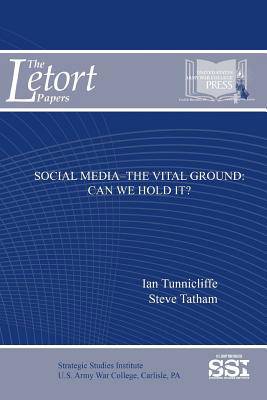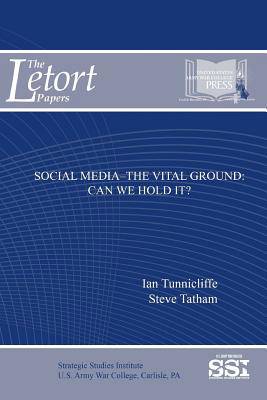
- Afhalen na 1 uur in een winkel met voorraad
- Gratis thuislevering in België vanaf € 30
- Ruim aanbod met 7 miljoen producten
- Afhalen na 1 uur in een winkel met voorraad
- Gratis thuislevering in België vanaf € 30
- Ruim aanbod met 7 miljoen producten
Zoeken
€ 22,45
+ 44 punten
Omschrijving
In this timely and realistic examination of social media, two world-class British experts examine exactly, in the defense context, what social media is and what it should and should not be used for in the future. In setting out their arguments, they define social media in four distinctly different ways: first, they assess, perhaps self-evidently, that it is a media channel, and actually differs little to newspapers and radio in anything other than reach and immediacy; second, they see it as an interactive medium that might have potential for exerting influence, but only when accompanied by robust target audience analysis (TAA); third, they see it as a means of establishing a dialogue and communications within already well-established networks and groups; and, finally, they see it as a real-time sensor network that may possibly provide the first indication of globally important events-albeit unsubstantiated and raw in its content and reporting.
Specificaties
Betrokkenen
- Auteur(s):
- Uitgeverij:
Inhoud
- Aantal bladzijden:
- 50
- Taal:
- Engels
Eigenschappen
- Productcode (EAN):
- 9781387583201
- Verschijningsdatum:
- 9/02/2018
- Uitvoering:
- Paperback
- Formaat:
- Trade paperback (VS)
- Afmetingen:
- 152 mm x 229 mm
- Gewicht:
- 86 g

Alleen bij Standaard Boekhandel
+ 44 punten op je klantenkaart van Standaard Boekhandel
Beoordelingen
We publiceren alleen reviews die voldoen aan de voorwaarden voor reviews. Bekijk onze voorwaarden voor reviews.











